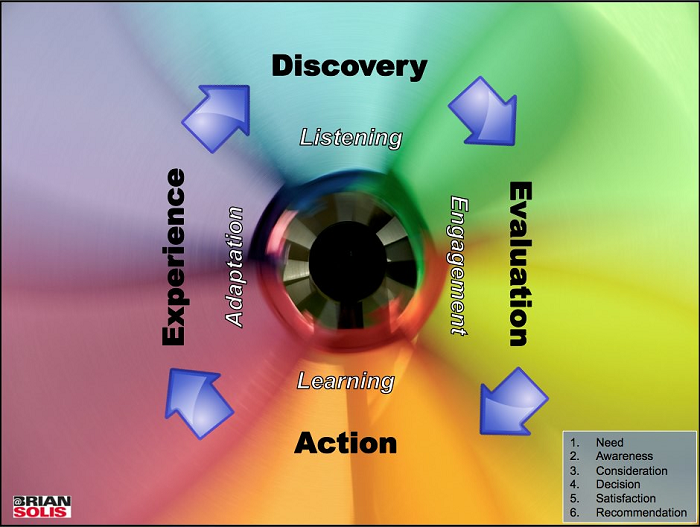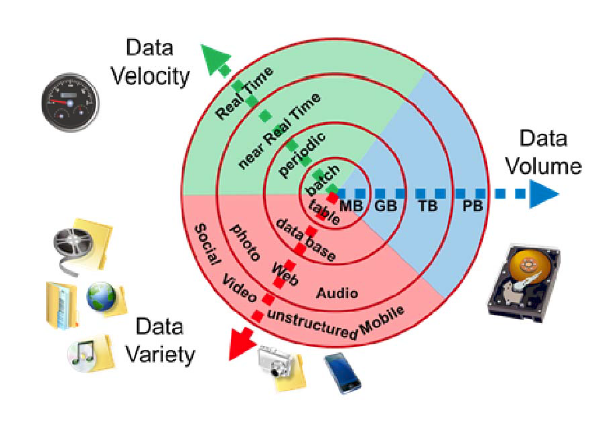For businesses now and into the foreseeable future, online engagement is the key to success. The prevalence of social media marketing not only provides a digital platform for engagement with global consumers, it also houses a treasure trove of potentially useful insights into how to make your brand an ongoing success.
How best to keep tabs on the potentially overwhelming mass of relevant consumer information that pertains to your business? And also information relevant to your industry?
That is where social listening comes in. By keeping your ear to the pulse of the consumer-powered digital marketplace as it evolves, your business can glean valuable information that guides you in making decisions. But the internet is a big place that generates a lot of data.
In this article, we will explain how social listening works, how AI fits into Big Data, and how these three elements combined can benefit your business.
How Social Listening Works

Social listening is the art of keeping tabs on the emotional responses and needs of your customers in real time by paying attention to feedback and online trends. It works by using an algorithm to conduct a broad, sweeping search on the internet to discover what people have to say about your brand. A valuable tool for medium and enterprise-level businesses (as well as large global corporations), social listening allows your company to develop dynamic strategies to publicly address your customers’ needs.
While research shows that many digital customers are motivated to fight back against obvious intrusive privacy violations, there is a growing acceptance of the practice of leaving feedback in public forums, even though information posted in this manner is ripe for the taking also. For millennial customers in particular, it is common practice to like, share, and leave positive and negative product and service reviews, contributing to the open public conversation around a particular brand.
If companies are going to skim the internet for this kind of data, it is important that they are able to extract meaning that makes it worth the time and effort to collect in the first place. That is where AI comes in. AI technology allows businesses to mine the internet not just for information, but for insights, in order to generate effective live responses.
AI and Big Data, Working Together
Without AI, it would be impossibly time-consuming for human employees to filter through the vast amounts of information stored in Big Data generated databases. Working together with AI, however, the raw information stored in these pools can reveal valuable insights into consumer behavior and customer habits.
This potent collaboration offers several benefits. As an AI algorithm peruses large quantities of data, it develops more skill at gleaning meaning through its natural language processing (NLP) ability to discern trends and patterns. With these heightened abilities, smart AI engines can share more accurate predictions, providing precious consumer insights for any level of business, though the current biggest benefactors appear to be enterprise-level operations. As AI technology becomes cheaper, smaller organizations will be able to make better use of this data-sifting technology.
Because AI takes on the daunting task of sorting through the accumulated information, the analytical process requires less human intervention, which means data analysts and advisors will have more time to focus on how to utilize and apply the information uncovered.
The smarter the AI becomes, the more adept it will be at discerning patterns and anomalies such as the relationship Walmart discovered between hurricanes and strawberry Pop-Tarts.
Expanding the Limits of Social Listening

Big Data is defined by its volume, velocity, and variety – all of which make it more difficult for humans to sift through and comprehend. The information generated by online activity and stored in data pools includes social media likes and dislikes, tagged interests, product reviews, social activity, social media profiles, content sharing, loyalty and rewards programs, and CRM systems activities.
All of these sources combine to form a dynamic accumulation of potentially valuable data. With the analytic potency of AI engines able to determine patterns and trends from among all of this raw data, and able to provide useful insights into how to manage your brand’s response (without human intervention), business owners are able to greatly expand the range of their social listening.
Unlike social media monitoring, which is a fully quantifiable process, social media listening entails paying attention to how consumers feel about your brand. Using the insights provided by AI engines, and mined from Big Data, you are able to hone your business’s responsive approach, allowing you to better discern opportunities and methods for consumer engagement.
AI engines can also be tuned toward specific goals. While you can program an AI engine to analyze your full social media data set for customer satisfaction and emotional responses, you can also set tighter search parameters, funneling the results specifically, such as analyzing which social media activities lead to more positive reviews, and thus more sales. The benefit of the AI / Big Data / social listening toolbox is that the approach can be customized without limiting the scope of the search. Your business benefits from the vast amount of data available online while targeting a concrete research outcome, leading to the kind of insight needed to take tangible action.
Approaching Full Potential
As AI capabilities increase, the cycle of AI and Big Data becomes more effective, efficient, and valuable. But there is still a long way to go before this dynamic reaches its full potential.
In order to work effectively, AI algorithms depend upon a constant influx of millions of data samples, broken down into forms appropriate for AI engines to process. As AI continues to improve its automatic learning and reasoning capabilities, Big Data will continue to grow bigger and more data analysis will become automated, which is a good for the continued expansion of the social listening process.
About the Author

Bernard Brode has spent a lifetime delving into the inner workings of cryptography and now explores the confluence of nanotechnology, AI/ML, and cybersecurity.
Sign up for the free insideBIGDATA newsletter.





Thanks for sharing this amazing article, I must say that your article is very informative and helpful.